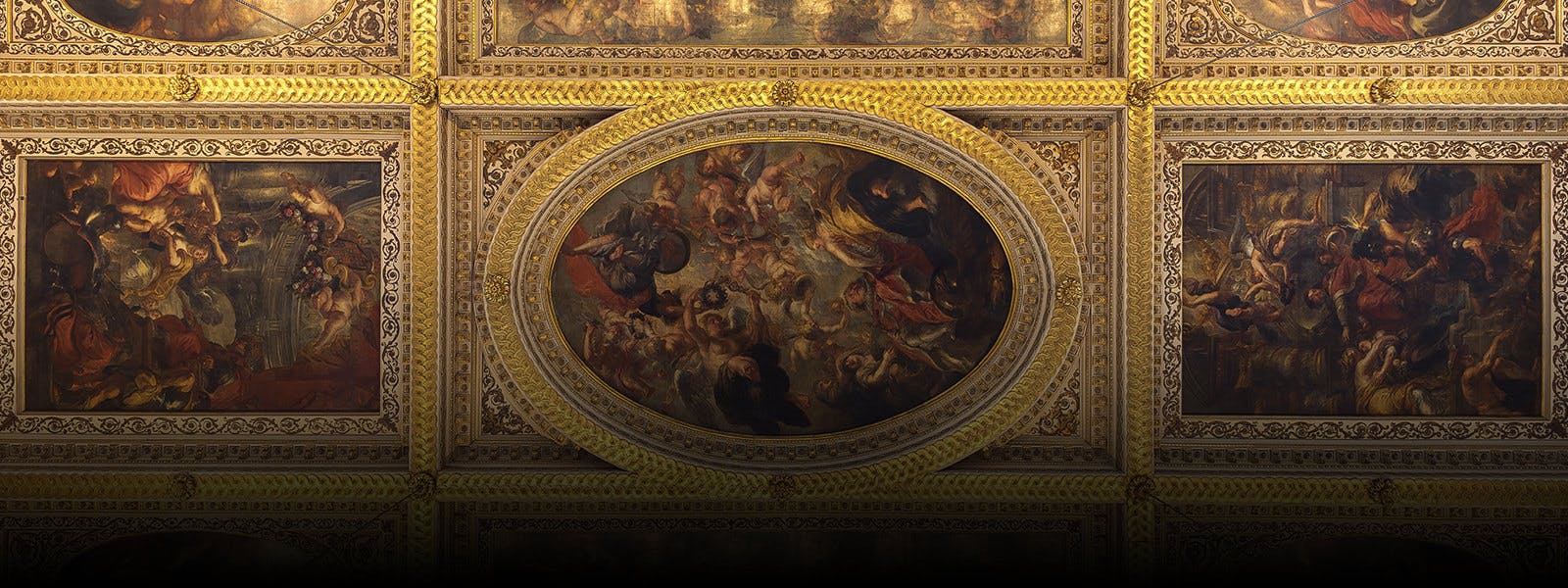
Video
About this learning resource
Format: Video
Why was King Charles I executed in 1649?
Perfect for schools, this short video explores the characters, events and key facts behind this significant moment in British history.
This content is hosted on YouTube
This content may be using cookies and other technologies for which we need your consent before loading. To view the content, you need to enable cookies for "Targeting Cookies & Other Technologies".
Manage CookiesResource Information
Key Stage
- KS2 (age 7-11)
- KS3 (age 11-14)
- KS4 (age 15-16)
- KS5 (age 16+)
- Home Educators
Subjects
- History
Topic
- Crime & Punishment
- Restoration
- Stuarts
Type
- Videos
Palace
- Banqueting House
- What was the ‘Divine Right of Kings’?
- What issues did the Charles I face at the start of his reign?
- Why do you think Charles I decided to recall Parliament?
- Not everyone agreed that Charles I should be executed. Why do you think this is?
- What clothing choice did Charles I make on the morning of his execution and why?
- What do you think Charles I’s final words mean?
“I go from a corruptible to an incorruptible Crown, where no disturbance can be, no disturbance in the World”
- Charles I (and his father) believed in the Divine Right of Kings. They believed that kings were chosen by God to rule, and that only God could overrule them. Charles also believed that he had the right to make laws, and to oppose him was a sin against God.
- Charles I experienced two main issues at the beginning of his reign. Firstly, he married a Catholic Princess, Henrietta Maria. Since Charles and the country were Protestant, their marriage was controversial. Secondly, he had issues with
parliament due to his belief in the ‘Divine Right of Kings’. - Charles I recalled Parliament because he had ran out of money.
- Some people disagreed that Charles I should be executed. This might be because they believed in the in the 'Divine Right of Kings'. They might have felt that executing a king was a grave sin, and it was like killing God’s representative on earth.
- Charles I asked for an extra shirt on the morning of his execution. Since it was a cold day, he did not want to shiver. He didn't want people to think he was afraid of dying.
-
Charles’ final words can be interpreted in many ways. Charles believed that his right to rule came directly from God. He may have wanted to suggest that he was leaving a 'corruptible', temporary crown on Earth. And that, in death, he would get an 'incorruptible', eternal crown in Heaven.
The words 'no disturbance' might refer to the Christian belief in eternal life and peace after death. It may also reflect that there would be no 'disturbance' or challenge to Charles as King in heaven. After his death, many of Charles' supporters saw him as a martyr (someone who died for their beliefs). His words might suggest that Charles also saw himself as a martyr who would be rewarded in heaven.
“I go from a corruptible to an incorruptible Crown, where no disturbance can be, no disturbance in the World”
Charles I
Take a closer look
The ceiling canvases at Banqueting House were commissioned by Charles I in 1629-30. They celebrate the Divine Right of Kings.
Zoom in and examine this painting in high definition. This is a Gigapixel image, created in partnership with Google Arts & Culture.
Learn more
The three main canvases at Banqueting House depict the themes of the union of England and Scotland, the wise rule of the good King and the central idea of kings as gods on earth.
Learn more about the Rubens ceiling
Download short editable biographies of Stuart Kings and Queens for Key Stage 2, Key Stage 3, Key Stage 4 and Key Stage 5. Use key facts, activities and historic sources to explore these famous monarchs connected to The Restoration and the Glorious Revolution.

Download an editable timeline of the Stuarts and Glorious Revolution for Key Stage 2, Key Stage 3, Key Stage 4 and Key Stage 5. Use dates, key facts and activities to explore the Glorious Revolution.

Download an editable Stuart Kings and Queens Family Tree for Key Stage 2, Key Stage 3, Key Stage 4 and Key Stage 5. Use key facts, activities and historic sources to explore the monarchs that reigned through the Restoration and Glorious Revolution.
